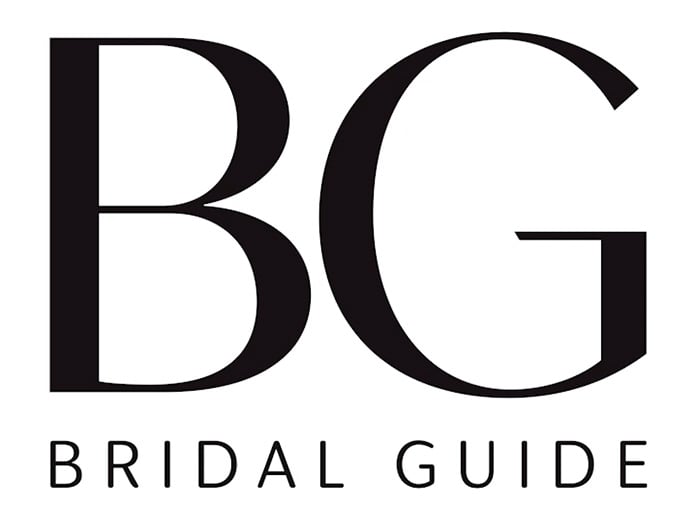Get camera-ready and brighten up with these pro tooth-whitening tips.
By: Mary ClarkeWe asked top New York City cosmetic dentist Dr. Gregg Lituchy of Lowenberg, Lituchy & Kantor to give us the intel on all things bright and beautiful when it comes to wedding-perfect teeth.

Photo Credit: Terry Doyle
In-Office "Bleaning"
Employs light-activated hydrogen peroxide gel to whiten the teeth in a single appointment. Your dentist applies the gel to your teeth, and “once activated by the light, the peroxide releases oxygen molecules, which penetrate the enamel surface and break down the dark stains within the inner tooth structure,” Dr. Lituchy says.
When to Do: 2 to 3 weeks prior to the wedding, “because it is hard to predict results or how sensitive one may become from the treatment,” Lituchy tells us. “Plan on whitening your teeth a few days to a week after getting a professional cleaning, which will get rid of some stains and plaque, and will allow the bleach to better penetrate.” Don’t clean and whiten in the same day: Doing both together can up the chance of post-treatment sensitivity.
Cost: Average cost is $1,200. “This includes the in-office whitening treatment as well as bleaching trays you can take home to maintain results.”
At-Home Whitening
Success with DIY whitening “really has to do with the varying concentrations of bleach, as well as how long it stays in contact with the tooth enamel,” says Lituchy. “At-home whitening systems all work differently on different people.” His at-home pick: Crest 3D Luxe Whitestrips (about $45-50). “The bleach within the strips remains in contact with the tooth enamel long enough to deliver noticeable results. Whitening strips combined with daily use of a whitening toothpaste are an affordable way to get a bright smile at home.”
When to Do: 2 to 3 weeks before the wedding, a few days to a week after a professional cleaning.
Cost: At-home kits cost anywhere from $30 to $200, depending on the brand and treatment. Results can vary depending on your initial tooth shade (“People whose tooth enamel is more yellow or brown toned usually have better results than those with grey tones,” Dr. Lituchy says), Smoking or drinking dark beverages also lessens the potential of a bright outcome.
Post Treatment
“The ‘pores’ of the enamel are open, and stains can easily penetrate during the first week after completing your in-office or DIY treatment,” Lituchy says. Mitigating strategies include staying away from dark drinks like cola, red wine, coffee and tea. If you must have your coffee, use a straw and brush your teeth immediately after. Also steer clear of acidic lemon juice and balsamic vinegar: Both can erode tooth enamel and the balsamic will also leave stains. Crunchy, raw fruits and veggies like apples, radishes, celery and kale “can mechanically remove food and bacteria from your teeth and mouth as they scrub stains,” says Lituchy. “You can also apply a thin coat of Vaseline on the teeth before drinking wine, coffee, etc. to serve as a partial stain barrier.”
Day-of Quick Tip: Swap out your regular toothpaste for Luster Now! Instant Whitening Toothpaste. Says Lituchy: “It makes teeth appear brighter instantly.”








